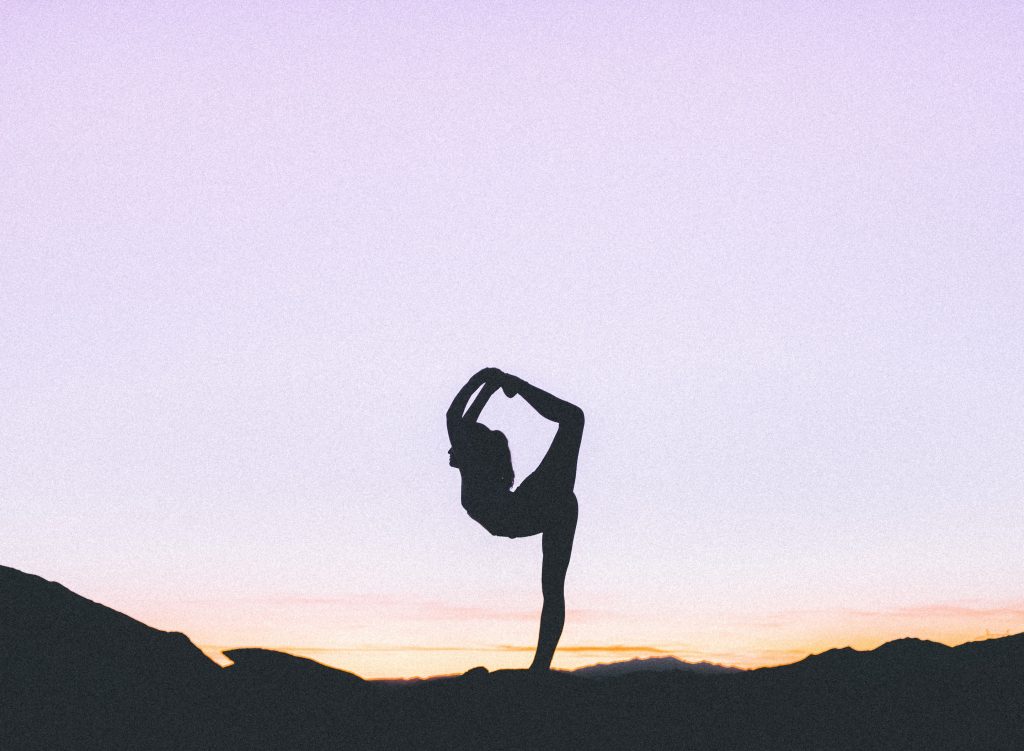Yoga Breathing – Where Did It Go Wrong?
by Yoga Digest | July 26, 2019 8:30 pm
If you’ve practiced yoga at all – or even if you haven’t…It’s likely you’ve heard that taking long, deep breaths is good for your health. When you’re stressed, what’s the first thing you do? Probably take a huge deep breath through your mouth.
Or maybe, you haven’t given much thought at all to how you breathe. Sometimes, you breathe through your mouth, at other times, your nose. Your breathing may be hurried, gentle, or loud.
Everything we’ve been taught about breathing is wrong
There’s a common misconception that bringing in large amounts of oxygen is the key to proper breathing technique. However – that’s really not the truth.
Introducing carbon dioxide into the bloodstream is really the purpose of the breath. It is carbon dioxide that allows oxygen to be absorbed into the cells. So without it, we cannot have proper oxygen levels in the 100,000 miles of blood vessels in the body.
Most people breathe way too much. When we breathe too deeply or too often, we bring in more air than is needed. So then we exhale too quickly – creating a deficit of carbon dioxide. It’s this lack of carbon dioxide that creates health issues. In some cases, it’s the basis of asthma.
Breathing too deeply, too often, and especially through the mouth can be the basis of many common health problems. The list includes anxiety, sleep apnea, irritable bowel syndrome, high blood pressure, and congestion.
Getting in touch with how you breathe
Take a minute and assess your breath.
For most people, this may sound like an odd exercise. But in order to achieve optimum health, we have to look at the basics.
Try breathing with your eyes closed and one hand on your chest, one hand on your navel. Can you feel your stomach moving up and down? Do you notice your lungs filling up with air? Or do you immediately exhale as soon as you inhale? Are you breathing through your mouth or your nose?
All of these small facets of how we breathe can add up to huge consequences for our health.
Breathing is the only bodily function we can consciously control. And when we learn to master proper technique, a whole world of health benefits is unlocked.
Learn to breathe, naturally
Nature intended for us to breathe through our noses. When they are born, babies instinctively breathe through the nose. When we look at nature, we see all of the other mammals breathing exclusively through the nose as well.
The nose sterilizes, humidifies, and warms the air we bring in to our bodies. It is a critical and often overlooked component of the respiratory system. Learning to breathe through the nose properly is one of the best things you can do for your health. It also helps to prevent contracting airborne infections.
The volume and rate of breathing are critical as well.
Our breath is meant to be light, effortless, and activate the diaphragm. The average person breathes 15-20 times per minute. But the optimal rate of breathing is actually about 8 times per minute for adults. Once we can adjust our volume and rate to be light and infrequent, blood pressure drops, asthma vanishes, and anxiety disappears.

The Buteyko method for optimal breath
Confused about how exactly to start breathing better? Luckily, offers guidance. This method has been shown to drastically improve many health conditions within days, and once learned, is likened to riding a bicycle – it just becomes automatic.
A trained and experienced Buteyko practitioner can give the best instruction, but the basics are outlined below:
1. Take a normal breath in through the nose.
This should be a normal, calm breath – not too deep.
2. Normally breathe out through the nose.
Exhale as you typically would. Be sure to use the diaphragm to push every bit of air out of your lungs. This should make your stomach move, not your chest.
3. Short breath in, again through the nose.
This breath should be more shallow and light. Try to make it about 1-2 seconds long. Inhale through the nose and stop.
4. Exhale through the nose.
This exhale should be about 5 seconds long. Again, use the diaphragm and not the chest. Completely empty the lungs and hold your breath after everything has been expelled.
5. Repeat.
Repeat steps 1-4, beginning with a normal, calm breath through the nose. Continue this process for several minutes.
Most people that give the Buteyko method a try notice improvement within days. Better sleep, less anxiety, and even asthma symptoms start to disappear.
Just like the yogis knew that control of breath was essential to relaxation and health, the Buteyko method expounds on that knowledge and improves the technique. In the end, functionally breathing less actually helps us to regulate our health more.
Source URL: https://yogadigest.com/yoga-breathing-where-did-it-go-wrong-if-youve-practiced-yoga-at-all-or-even-if-you-havent-its-likely-youve-heard-that-taking-long-deep-breaths-is-g/